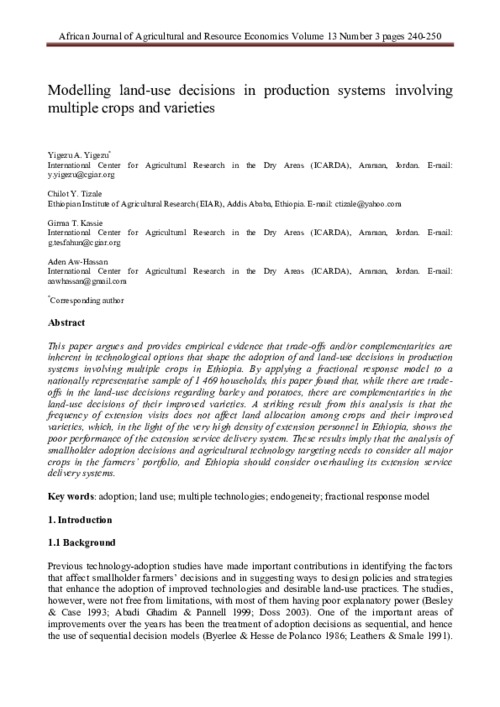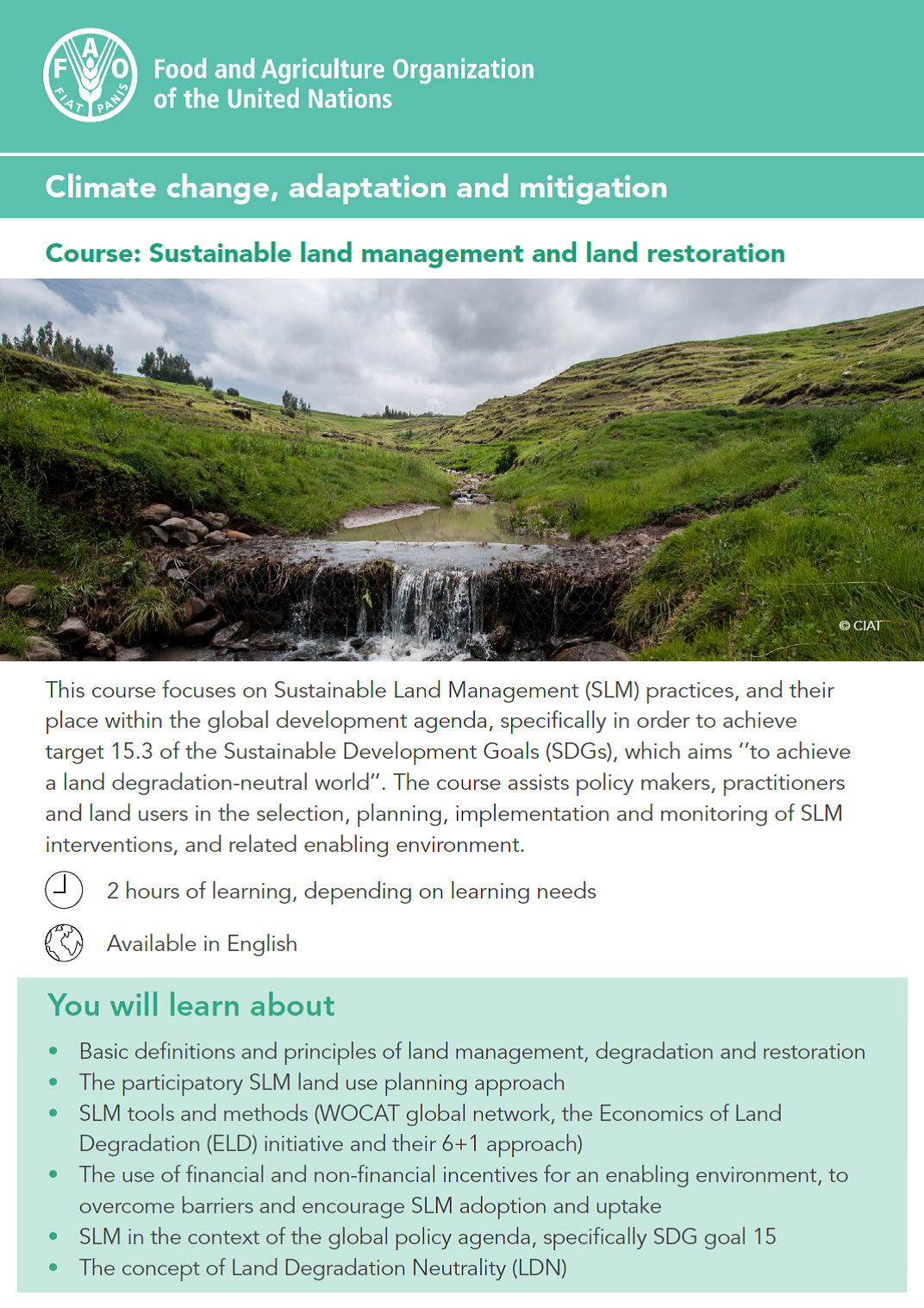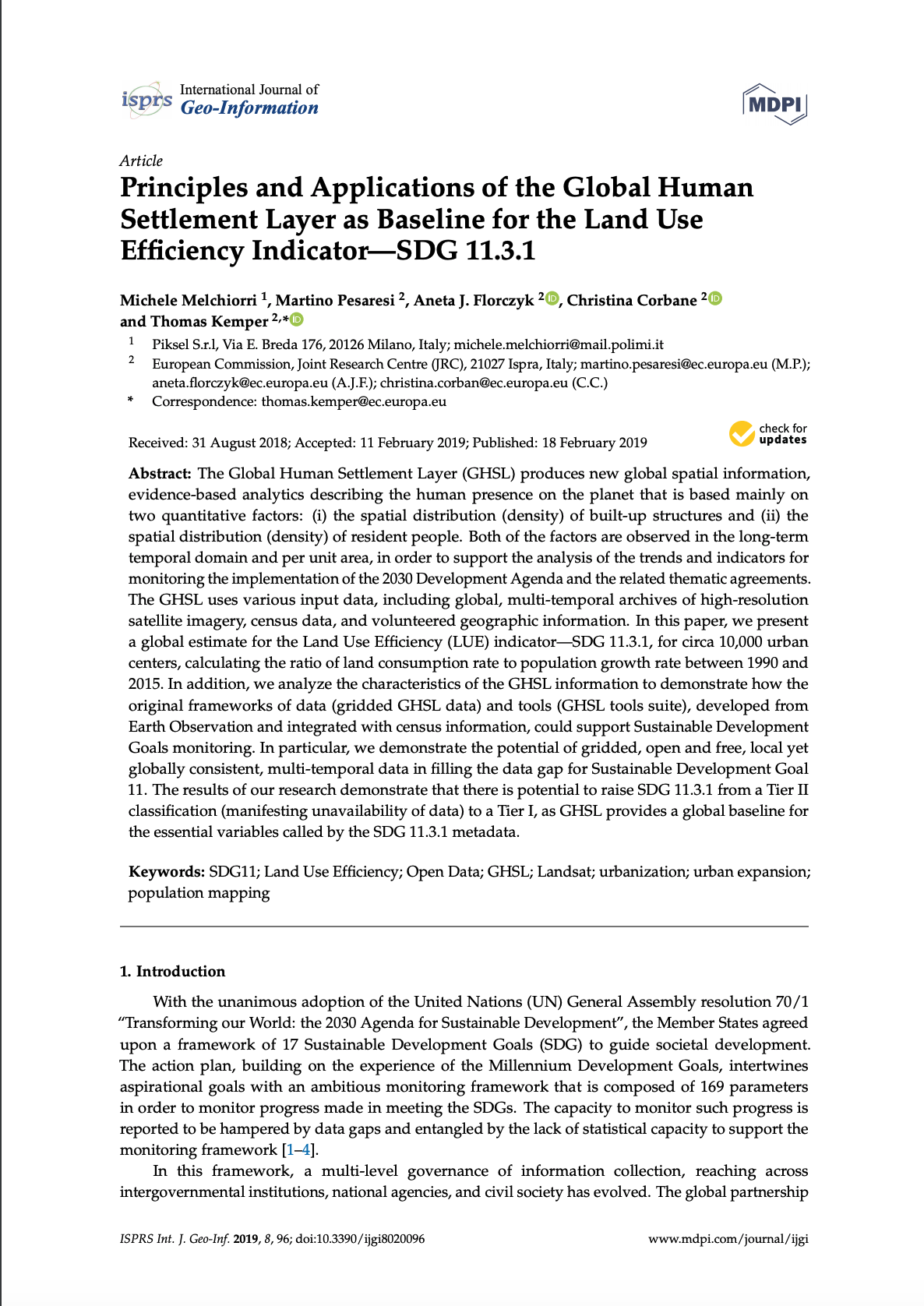Survey methodologies of urban land uses: An oddment of the past, or a gap in contemporary planning theory?
The primary objective of this article is to review the evolution of urban land-use survey methodologies during the last century, with a special focus on the methodologies concerning field surveys that are conducted for urban planning purposes. Our review reveals, on the one hand, that there has been a steep decrease of interest in the further development of these methodologies over the last 50 years, and, on the other, that they have been seriously trivialized, as shown by the simplistic and empirical approach to land-use survey methodology in contemporary textbooks.









